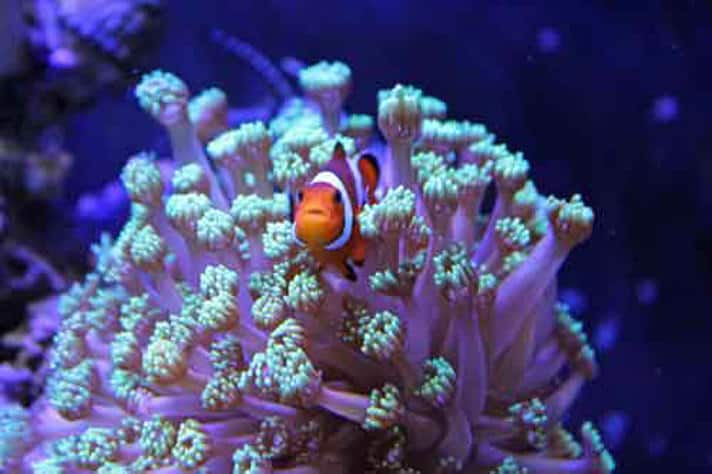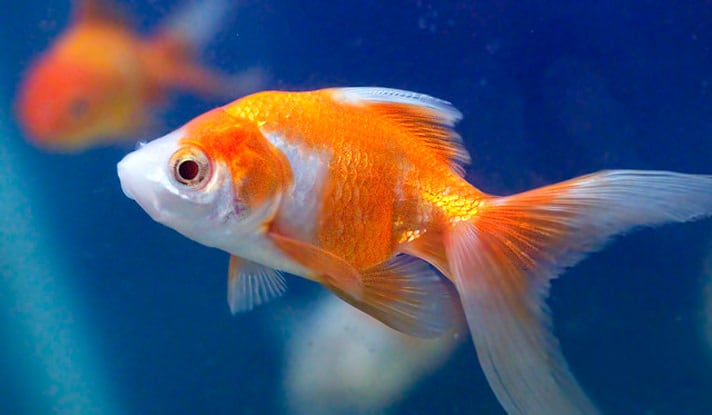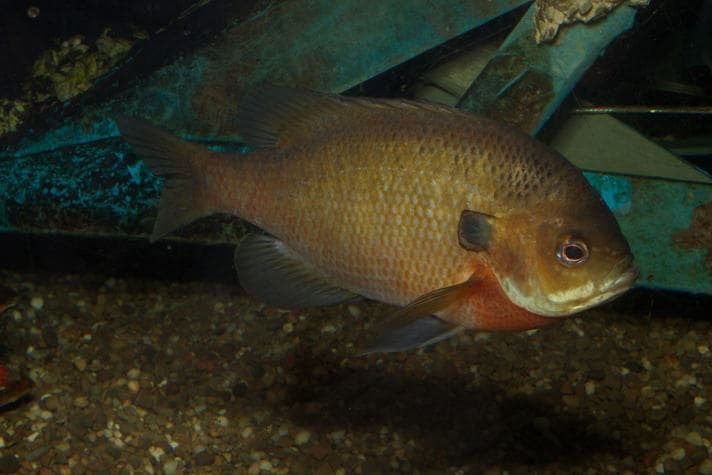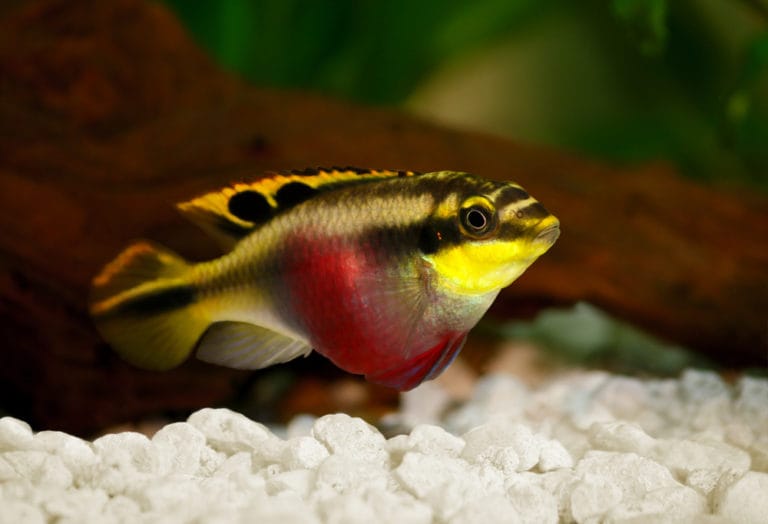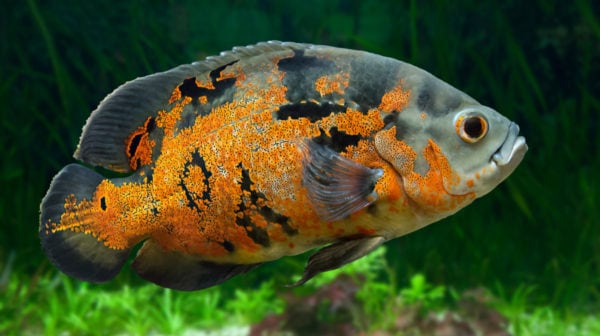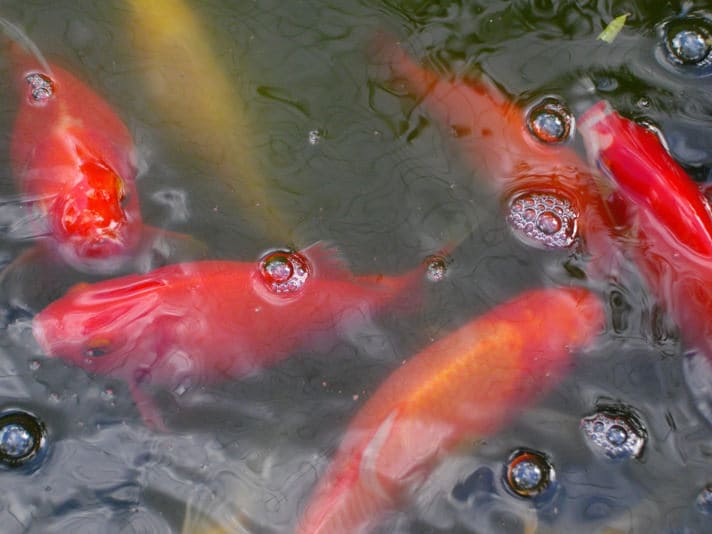After a grueling business trip, you settle down to enjoy the serenity of your living room saltwater fish aquarium. Peering into this microcosm of a barrier reef, you notice the fish are acting unusual. Some seem lethargic while others have redness on their gills and are gasping at the surface. You do a quick inventory of the tank’s inhabitants and realize two of the four new fish you introduced last week are missing. You also notice the explicit feeding instructions were not followed during your absence and that the fish were grossly overfed. After a water test, your worst fear is confirmed, ammonia poisoning.
In the marine tank, ammonia is an extremely deadly compound (the chemical union of two or more elements) of nitrogen and hydrogen with the formula NH3. For an extended period, even at low levels such as .02 parts per million (ppm) it can be extremely toxic to saltwater fish and many of the organisms living in your aquarium. Ideally, a marine tank should have an undetectable level of ammonia. Levels above 0.1 ppm are a problem and should lead to an immediate investigation and remedy. It is however not unusual for a tank to temporarily ‘spike’ as high as 0.2ppm after a large feeding but the spike should quickly subside. Ammonia can be introduced into an aquarium in several ways, two of which are overfeeding and dead fish. It is also introduced through the metabolic activity of your tanks inhabitants. Decaying vegetation such as algae can also release ammonia. Additionally, tap water and even some salt mixes can introduce ammonia.
A healthy and well maintained marine tank normally does not have problems with ammonia due to its massive quantities of beneficial bacteria ingesting and converting it to less dangerous substances. Beneficial bacteria resides in filtration and on sand, rocks and the tank’s glass.
How often should you test for detectable level of ammonia? Test daily during the initial cycle of a new marine aquarium. Test monthly for a well-established aquarium that has been in operation for more than six months unless something drastic has occurred. In the situation documented at the start of this article, the owner should:
- Find and remove any dead fish. Small fish that die can be quickly consumed by other fish or organisms but large fish might take days for decomposition. In either case, avoid this problem by doing a daily inventory of your fish. Don’t forget the tank’s other living organisms which can create an ammonia spike when they die.
- Immediately cease feeding. Adding more fish food to the overwhelmed system will only exacerbate the problem.
- Do up to a 50 percent water exchange. Changing this much water requires careful attention to make sure the temperature and specific gravity of the replacement water exactly matches the tank’s water.
- Add a live bacteria culture to ‘jump start’ the aquarium’s inundated beneficial bacteria.
- The addition of an ion filter such as Chemi-pure helps filter excess waste and reduce ammonia.
- Depending on the tank’s bioload, you might also consider relocating some of the fish to temporary quarters until the tank is stabilized. The fish should be reintroduced later in a methodical manner.
Even well-cycled tanks are subject to the devastating effects of ammonia. For example, a power outage that shuts down the filtration system and water circulation pumps may cause ammonia spikes. In this case, the beneficial bacteria will die because of lack of oxygenated water. Another example of a well-cycled aquarium experiencing the harmful effects of ammonia is through the misuse of medications that kill off beneficial bacteria.
There is no excuse for failing to provide all of our marine tank’s occupants with the best stewardship possible. Being vigilant for changes in the aquarium and routinely monitoring the water helps to maintain your magnificent underwater world.
By: Stephen G. Noble
Featured Image: Stephen G. Noble
Share:
